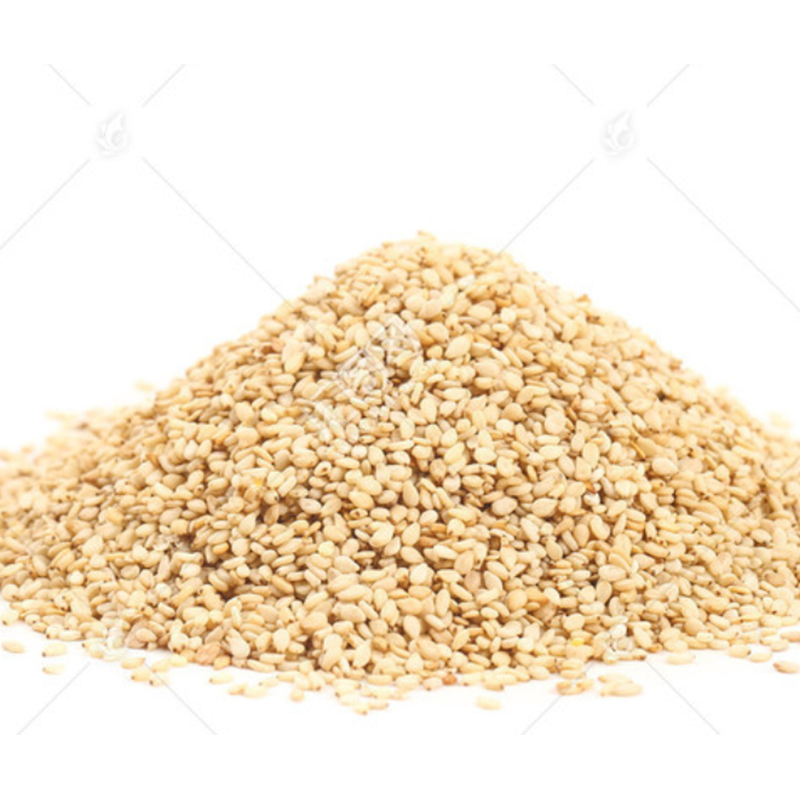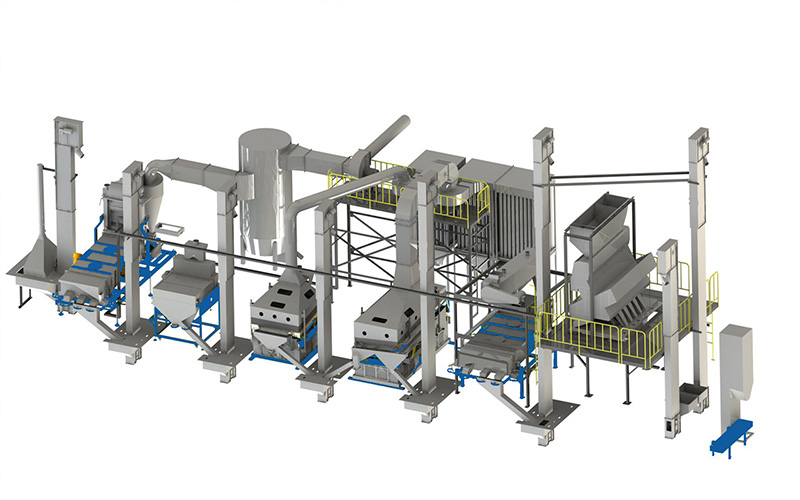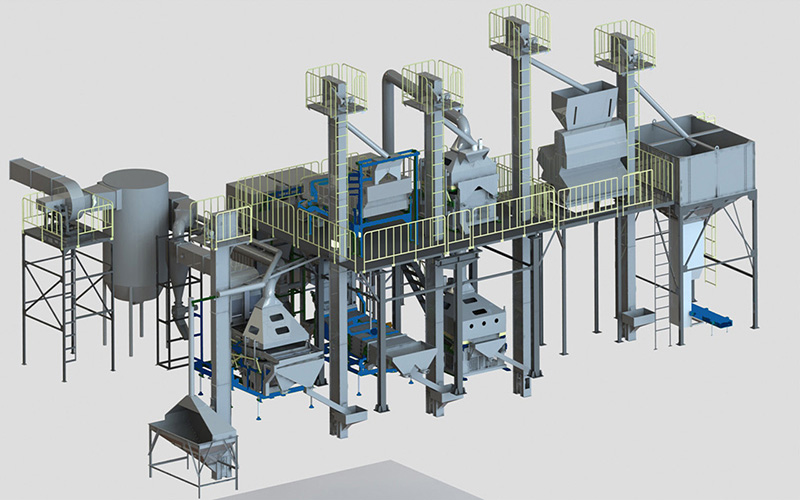Ethiopia is one of thebiggest sesame growing and exporter countries in Africa , Because of exporting huge quantity to the world market. Sesame is produced in different areas in Ethiopia. It grows as a major crop in Tigray, Amhara, and Somilia, and Ormia
Challenges and Opportunities exsiting in Ethiopia about sesame production and exporting
Opportunities for sesame production in Ethiopia
The diversified agro-ecology in Ethiopia is suitable for sesame production. Several sesame varieties are cultivated in Ethiopia. the opportunities and future prospectus of sesame production in Ethiopia is indicated as follows.
- Land suitability for sesame production: there is huge area in different regions in Ethiopia for sesame production (Tigray, Amhara, Benshangul Assosa, Gambella, Oromia, Somalia and SNNP regions),
- There is good demand for Ethiopian sesame in the world market,
- There are few varieties under research and verification in different research centers across the country, and disseminating these varieties to farmers and growers will be encouraging. Promoting sesame research and development, giving attention with the contribution of the crop to the country will help improve production and productivity of the crop. Yet, the crop has got less emphasis regardless of its foreign currency.
- There is high labor source for the peak periods (planting, weeding and harvesting)
- Credit facility by government and private creditors for sesame investment
5. Less attention to sesame research when compared to other crops like maize and wheat though it is major export commodity next to coffee.
6. Lack of improved technologies (planting, harvester): majority of sesame growers are farmers whom cannot afford modern planting and harvesters and threshing machines.
7. Lack of improved facility
8. Poor fertilizer response of sesame crop
9. Shattering: natural sesame capsules crack and shed seeds when they reach maturity and harvesting is late. Considerable amount of sesame yield is lost from shattering, even harvested and bundled locally called ‘Hilla’. Collecting harvest on a smooth floor or plastic sheets is a good remedy.
Smallholder farming Sesame production in different areas in Ethiopia is carried out by different land holdings. Big investors holding in hundreds of hectares, whereas, small scale farmers own even less than ten hectare of land, where in some areas with pieces of land on different locations, which incur extra production cost, and uneven crop management. Small scale farming accompanied with backward production system led sesame production productivity very poor. The productivity of sesame in most areas under farmers
management is less than 10Qt/ha. Investors use extensive production system instead of intensive
production, which production is poor regardless of the size of the field.
4. Sesame export and marketing
Sesame is the leading oil crops produced in Ethiopia and the second most export commodity contributing the country’s export earnings. The world sesame seed production, productivity and area covered in 2012 was 4441620 tonnes, 5585 Hg/ha and 7952407 hectare respectively and the production, productivity and area coverage in Ethiopia within the same year was 181376 tonnes, 7572 Hg and 239532 hectare respectively (www.FAOSTAT.fao.org) .
China is the largest importer of Ethiopian sesame seeds. In 2014 Ethiopia exported 346,833 tonnes of sesame seeds earning USD 693.5 million revenue. However, in 2015 sesame foreign export declined by 24% due to bad weather in deteriorating quality of seeds and decreased price and excess supply of sesame seeds
Post time: Oct-14-2022










